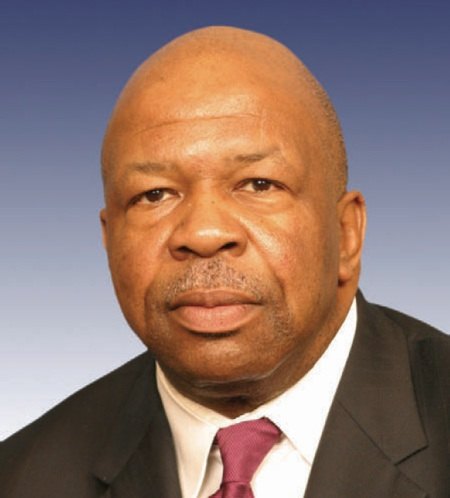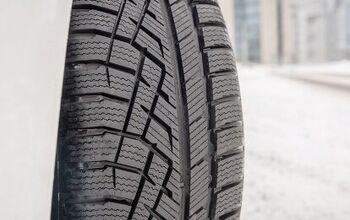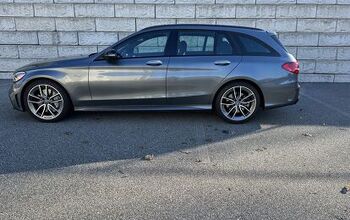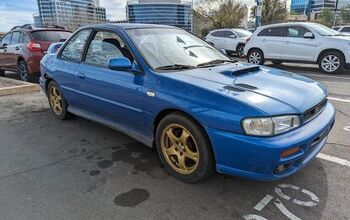MD Congressman to TARP: Did AIG Credit Default Swaps Crater Chrysler?
May 5, 2009
The Honorable Neil M. Barofsky
Dear Inspector General Barofsky:
Thank you for your work investigating the American International Group, Inc. (AIG) counterparty payments. I appreciate the update you provided me on this audit on April 28.
As we discussed, I am also concerned by the circumstances surrounding the current efforts to resuscitate the American automobile industry. The Department of the Treasury and the Federal Reserve have provided billions of dollars in working capital for General Motors (GM) and Chrysler LLC (Chrysler) while the two firms pursue financial restructuring solutions. While the assistance to Chrysler terminated at the end of April, GM has approximately three weeks left to complete its restructuring before the working capital ends.
The Chrysler situation was particularly troubling. The company had some $10 billion in outstanding debt that was due to the United Auto Workers Retiree Health Plan. Chrysler and the union were able to negotiate an agreement that modified worker contracts and gave the union an equity position in the restructured auto company.
However, in addition to the contributions owed to the union health plan, Chrysler also carried additional debt in the amount of $6.9 billion. Creditors included JPMorgan Chase & Co., The Goldman Sachs Group Inc., Citigroup Inc., Morgan Stanley, and several smaller banks and hedge funds. Perella Weinberg Partners, Oppenheimer and Stairway Capital Management have been identified thus far as hedge fund creditors.
As you are well aware, Chrysler recently filed for Chapter 11 bankruptcy protection, though a deal is ostensibly in place to merge Chrysler with the Italian automaker Fiat SpA, pending court approval. Until the filing occurred, eleventh hour hopes persisted that Chrysler could reach an agreement with the creditors that provided the $6.9 billion. While differing accounts exist as to how the actual negotiations played out, the fact remains that Chrysler was not able to reach an agreement with its creditors to the $6.9 billion.
As an issuer of credit default swaps, it is plausible that AIG had issued swaps on the debt of the American auto companies. We know that the collateral calls and threat of payouts triggered by an AIG bankruptcy forced the federal government to commit up to $182.5 billion to the insurance giant. We also know that many holders of AIG credit default swaps were apparently compensated at 100 percent of par value in order to retire the swaps they held and enable the purchase of the underlying securities (the counterparty payments). Finally, the recipients of the counterparty payments in some cases were the same firms that held auto industry debt. The Wall Street Journal ran a story on April 30, 2009 detailing the objections identified by some creditors:
Bank-debt holders, many of them hedge funds or distressed debt funds, voted against the latest deal for various reasons, ranging from financial interests to philosophical ones. Some said their funds had bigger positions in Ford Motor Co. or General Motors Corp. and could benefit by a Chrysler bankruptcy and the production capacity that may eliminate. Some funds may also have credit-default swaps on Chrysler bank debt that pay out in the event of a bankruptcy[1].
These circumstances could create tremendous potential for abuse of government assistance to AIG. Knowing that AIG swap counterparties have previously been paid with government funds without being compelled to take any discount or “haircut”, if auto creditors had purchased swaps on their debt, they may have had a perverse incentive to allow Chrysler to fail. By not negotiating down the claims or accepting a debt-for-equity arrangement, the auto creditors could collect any credit default swap payments triggered by a Chrysler bankruptcy. Essentially, these creditors could stand to potentially benefit more from a Chrysler bankruptcy than from a restructuring out of court.
While the issues were described in the context of the Chrysler bankruptcy, I believe that potential conflicts could have existed regarding the debt of each Chrysler and GM. Accordingly, I respectfully request that you address the following questions:
1. Did AIG issue credit default swaps on debt securities of automobile companies?
Thank you for your continued advocacy on behalf of the American taxpayers and for your examination of these issues. Please contact Martin Levine in my office…with any questions.
Sincerely,
Elijah E. Cummings
More by Robert Farago
Latest Car Reviews
Read moreLatest Product Reviews
Read moreRecent Comments
- Probert They already have hybrids, but these won't ever be them as they are built on the modular E-GMP skateboard.
- Justin You guys still looking for that sportbak? I just saw one on the Facebook marketplace in Arizona
- 28-Cars-Later I cannot remember what happens now, but there are whiteblocks in this period which develop a "tick" like sound which indicates they are toast (maybe head gasket?). Ten or so years ago I looked at an '03 or '04 S60 (I forget why) and I brought my Volvo indy along to tell me if it was worth my time - it ticked and that's when I learned this. This XC90 is probably worth about $300 as it sits, not kidding, and it will cost you conservatively $2500 for an engine swap (all the ones I see on car-part.com have north of 130K miles starting at $1,100 and that's not including freight to a shop, shop labor, other internals to do such as timing belt while engine out etc).
- 28-Cars-Later Ford reported it lost $132,000 for each of its 10,000 electric vehicles sold in the first quarter of 2024, according to CNN. The sales were down 20 percent from the first quarter of 2023 and would “drag down earnings for the company overall.”The losses include “hundreds of millions being spent on research and development of the next generation of EVs for Ford. Those investments are years away from paying off.” [if they ever are recouped] Ford is the only major carmaker breaking out EV numbers by themselves. But other marques likely suffer similar losses. https://www.zerohedge.com/political/fords-120000-loss-vehicle-shows-california-ev-goals-are-impossible Given these facts, how did Tesla ever produce anything in volume let alone profit?
- AZFelix Let's forego all of this dilly-dallying with autonomous cars and cut right to the chase and the only real solution.


































Comments
Join the conversation
This is an interesting question insofar as it offers a further rationale for the non-Tarp bondholders to resist the current terms, though I would be surprised if they were selling swaps to other hedges. The far more interesting question is whether, if swaps were held on Chrysler debt, the counterparties were paid at full value. This is the real scandal of AIG, that the government has given them far more money that all of the automakers combined, only to have to used to pay out counterparties at full value. Everyone should be taking a haircut here.
NBK, I have a couple questions/comments about your explanations. 2. Why is this a stupid question? Aren't all these large transactions reportable within 30 days through one sort of legal obligation or another? Also, how is it that a highly regulated insurance company, or bank, or even bank holding company, or whatever, is allowed to sell what is essentially an insurance policy to someone who does not own the insured asset? I have been wanting to know for some time why non-bond holders are not guilty of fraud when buying a CDS. 3. This seems to be a good stab at why did we bail out AIG rather than breaking it up? Which was a great question 6 months ago. 4. Well put. 5. I think you overstate the lack of oversight at AIG. It's semantic, but very important to state that AIG was a REGULATORY failure, and not a poster child for deregulation. Everyone involved acted as if AIG was a highly regulated company, but in reality, the regulators were asleep at the wheel. I believe history will show that AIG could not have happened in a regulatory vacuum, but that the actors involved took risks primarily due to government influences rather than acting in a laissez faire environment that never really existed. Just like the Cali energy crisis was not a deregulation failure, but an example of how a bunch of legislative hubris will always get punished by the smarter and more numerous actors in the economy. The CDS issues could not have killed AIG alone, the wall we hit last year was multi faceted, and many of those facets get traced back to things DC actually did, rather than failed to do. Add to that some pretty ridiculous, almost enronesque, attitudes of superiority and entitlement, and you get the colossal failure we witnessed.